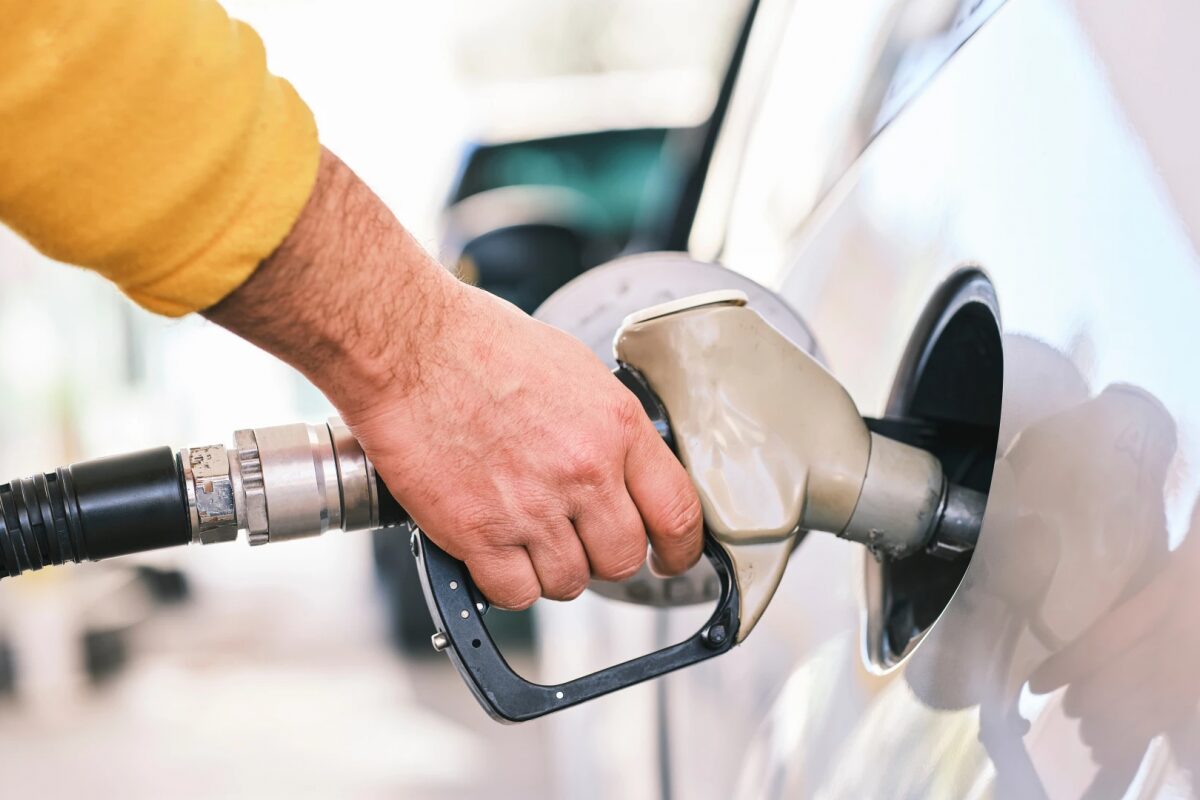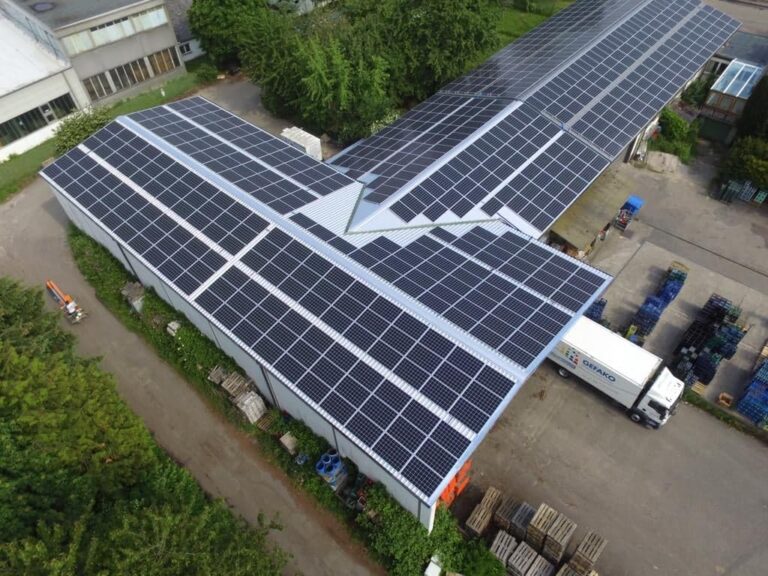
Fuel Crisis in Russia: Behind the Shortage, Price Surge, and Belarusian Imports
In August 2025, Russia once again faced what it refuses to acknowledge publicly but which is keenly felt across its regions: a fuel shortage. Following a series of drone strikes on oil refineries, the shutdown of several major facilities, and a decline in budget revenues, the Russian government has been forced to take emergency measures including urgent imports of fuel from Belarus. This is not merely a local supply issue but a reflection of a systemic degradation of Russia’s energy infrastructure, driven by war and sanctions.
In August, regions across Russia began introducing fuel rationing. For example, in the Sakhalin Oblast, including the Kuril Islands, authorities introduced a limit of 10 liters per person starting August 20. Priority access is granted to law enforcement, emergency services, and critical infrastructure. For ordinary citizens, the result is queues, restrictions, and rising uncertainty.
According to the Foreign Intelligence Service of Ukraine:
“After Crimea, Zabaykalsky Krai, and Primorsky Krai, the fuel shortage has reached the Kuril Islands. One by one, regions are introducing restrictions on fuel sales.”
Media sources confirm the severity of the situation on the ground: long lines at gas stations, growing frustration among drivers, and limited access to fuel for civilians.
Imports from Belarus: Moscow’s Forced Move
In parallel, the Russian government has urgently increased fuel imports from Belarus. The state concern “Belneftekhim” reported a sharp rise in demand from Russian companies in the second half of August. Belarusian refineries have ramped up exports in response, seeing both economic opportunity and political necessity.
Although officially framed as a commercial arrangement, the reality reflects a critical dependence on fuel imports, despite Russia’s vast crude oil reserves.
Drone Strikes on Refineries: Losses That Can’t Be Recovered Quickly
Since early August, a series of Ukrainian drone strikes on Russian oil refineries have led to the shutdown of at least four major facilities, including:
- Novokuybyshevsk Refinery (Rosneft) 8.3 million tons per year (hit on August 2)
- Saratov Refinery (Rosneft) 5.8 million tons (shut down on August 11)
- Volgograd Refinery (Lukoil) 14.8 million tons, the largest in southern Russia (shut down on August 15)
- Samara Refinery (Rosneft) 8.5 million tons (also shut down on August 15)
In addition, the Ryazan Refinery Rosneft’s largest, which supplies fuel to the Moscow region halted approximately half of its capacity (6.9 million out of 13.8 million tons).
According to preliminary estimates, Russia’s refining industry has lost over 44 million tons in annual capacity, roughly 13.5% of the national total (328 million tons/year).
Repairing the damaged facilities is significantly hindered by Western sanctions, introduced in response to Russia’s full-scale invasion of Ukraine. Most Russian refineries rely on Western equipment and technologies, which are no longer available. Relevant equipment was included in the first round of EU sanctions back in February 2022, meaning rapid recovery of capacity is neither simple nor guaranteed.
Strategic Strike on the “Nikolskoye” Oil Pumping Station
On the night of August 18, Ukraine’s Armed Forces specifically drone units struck the “Nikolskoye” oil pumping station in Russia’s Tambov region. The attack caused a fire that completely halted crude oil transfer through the “Druzhba” pipeline.
According to the General Staff of Ukraine:
“The ‘Nikolskoye’ oil pumping station is part of Russia’s economic infrastructure supporting its military. The Defense Forces of Ukraine are consistently working to reduce Russia’s war-related economic capacity.”
Hungary Reacts: Accusations and Energy Disruption
Hungarian Foreign Minister Péter Szijjártó stated that Russia’s oil deliveries to Hungary were suspended due to the Ukrainian attack. While he did not specify which pipeline was affected, he publicly accused Brussels and Kyiv of trying to “drag Hungary into the war.”
In response, Ukrainian Deputy Foreign Minister Andriy Sybiha stated:
“Russia started this war and refuses to end it. Hungary has remained dependent on Moscow even after the full-scale invasion of Ukraine.”
Post List
Record Fuel Prices: A Historic Surge
As of August 19, gasoline prices in Russia have reached historic highs. Since the beginning of the year:
- AI-92 gasoline has increased by 40%, reaching 71,970 rubles per ton.
- AI-95 gasoline has risen by 50%, reaching 81,337 rubles per ton.
These figures reflect severe market instability and suggest that the country is facing a longer-term fuel supply challenge.
Budget Troubles and Revenue Decline
By mid-2025, Russia’s oil and gas revenues fell by 19%, down to $69.2 billion. The decline is driven by:
- An 18.4% drop in Urals crude prices, to $60.37 per barrel.
- A 45% strengthening of the ruble, from 113.71 to 81.25 per USD.
- A 50% decline in gas exports to the EU, falling to 9.93 billion cubic meters.
In response, the Russian Finance Ministry revised its forecast for oil and gas revenues in 2025, lowering expectations by 24%, from $137.3 billion to $104.4 billion.
Growing Expenditures: War Comes First
Despite falling revenues, government spending rose by 20.2%, while overall revenues increased by only 2.8%. Military spending has soared to 6.3% of GDP, the highest level since the Cold War.
To cover the deficit, the Russian government plans to use 447 billion rubles from the National Wealth Fund, which accounts for about 10% of liquid reserves. Another budget revision is expected in the fall.
August 2025 marks a critical point in Russia’s energy instability. The combination of drone strikes, sanctions, infrastructure losses, budgetary shortfalls, and soaring military expenses has pushed the system into a downward spiral. Emergency fuel imports from Belarus, record-high gasoline prices, regional rationing, and geopolitical tensions these are not isolated developments but signs of a deep systemic breakdown. While Russia may continue plugging holes with reserves, its strategic capacity is rapidly eroding. The question is not how many tons of gasoline are missing but how much stability the system has already burned through.















